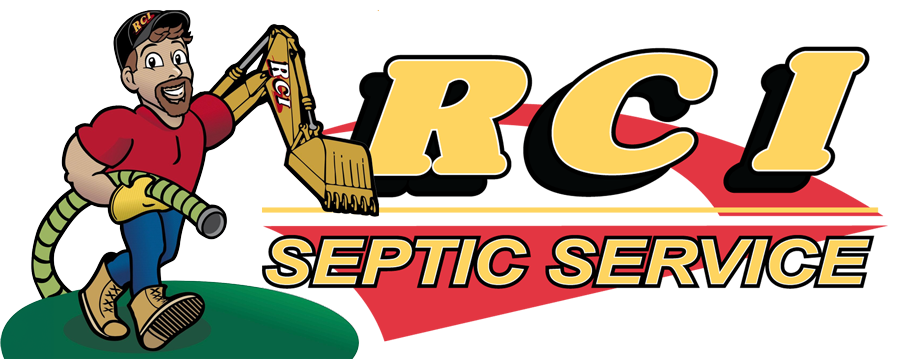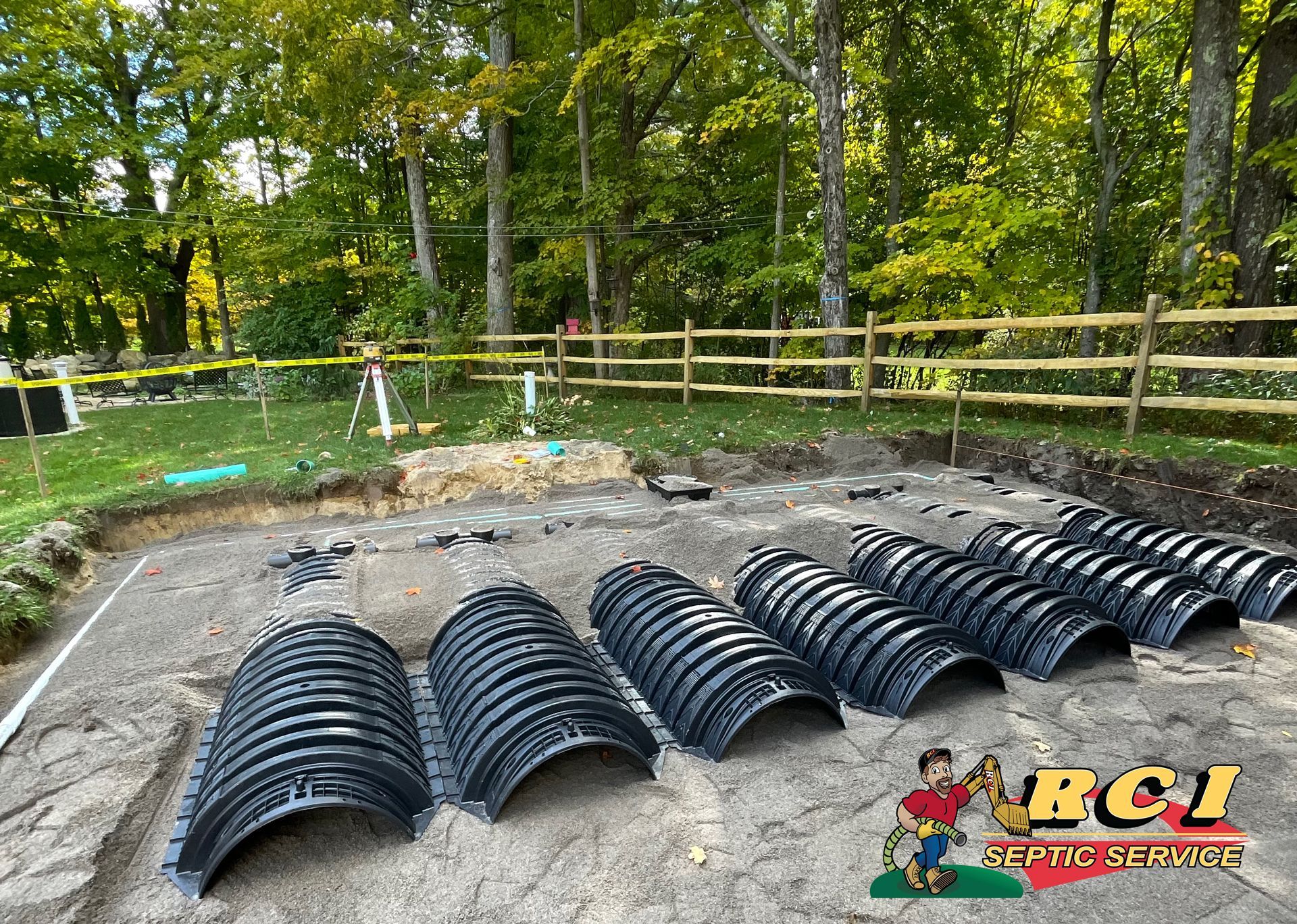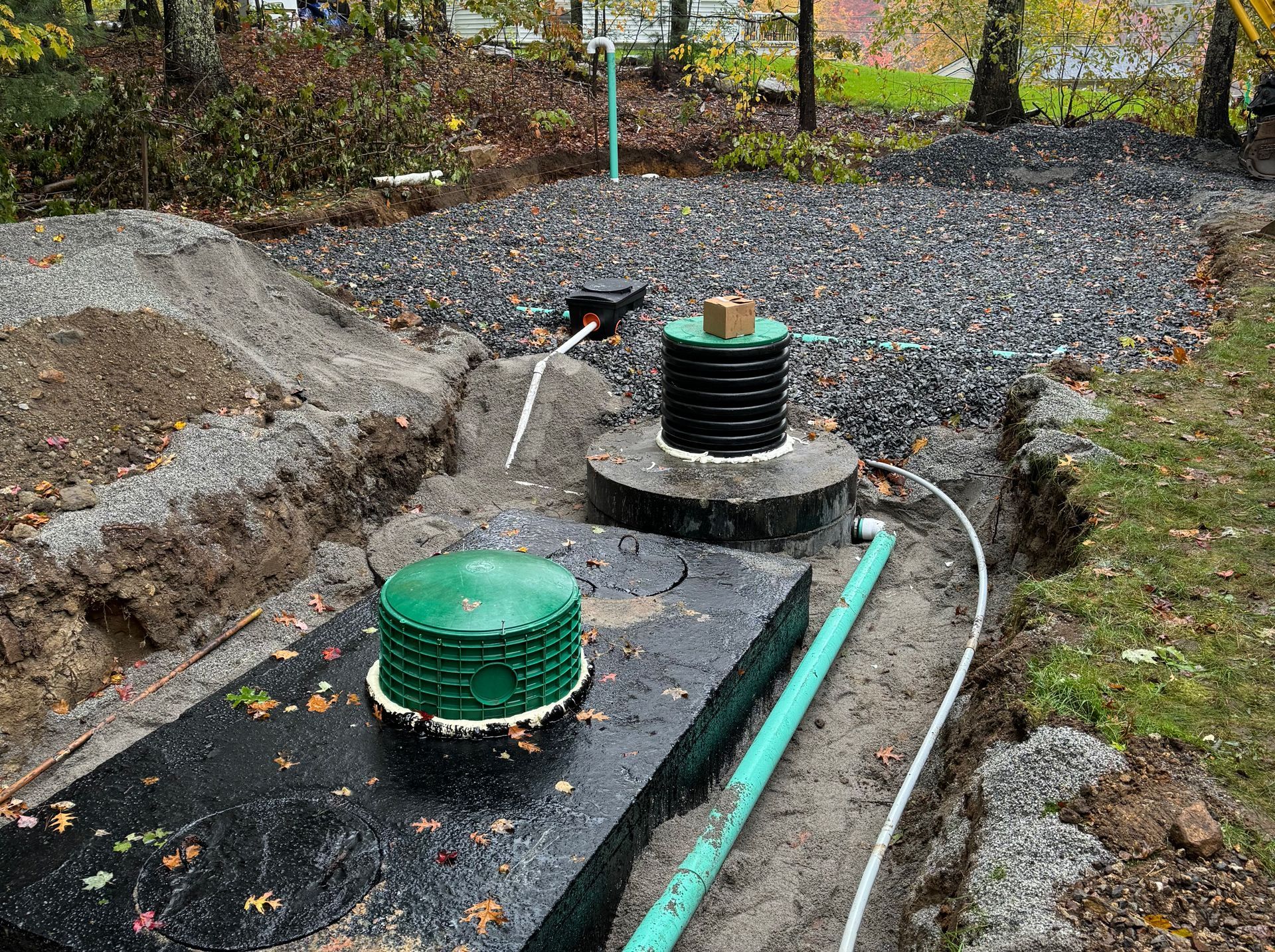Septic Tank: How Does It Work and Why It Matters?
Curious about how a septic tank works? A septic tank, how does it work, is a crucial part of wastewater management, especially in rural areas without centralized sewage systems. It collects and treats household wastewater by separating solids from liquids. The solids settle at the bottom of the tank, while the liquids move on to the drain field for further treatment. In this article, you’ll learn the detailed steps involved, typical components, and maintenance tips for keeping your septic system in good shape.
Key Takeaways
- Septic systems are vital for managing wastewater in rural areas without centralized sewage treatment, using a tank to separate solids and liquids before filtering through a drain field.
- Regular maintenance, including pumping every 3 to 5 years and avoiding harmful substances down the drain, is crucial for preventing septic system failures.
- Advanced septic systems offer enhanced treatment capabilities, addressing specific pollutants and contributing to environmental sustainability through improved water quality.
Understanding Septic Systems
Septic systems are vital in rural areas for managing household wastewater effectively, especially in locations lacking centralized sewage treatment. A typical septic system collects wastewater from your home, retains solids and scum in the septic tank, and pipes the liquids to the drain field for further treatment. Understanding how a septic system works is essential for proper maintenance.
However, there are many common misconceptions about septic systems, such as assumptions of failure, concerns over groundwater contamination, and issues surrounding odor emissions. It’s crucial to understand how these systems work to dispel these myths and maintain them properly.
What is a septic system?
A septic system is an on-site wastewater treatment solution designed for rural areas that do not have centralized sewage access. The primary purpose of a septic system is to collect and treat household wastewater effectively. In these systems, wastewater enters a tank where it undergoes treatment through the separation of solids and liquids. Septic systems generally work by retaining solids in a tank and sending the liquid waste to a drain field, where it is further filtered through soil and absorbed. This process is crucial for managing wastewater on-site in areas that lack access to centralized sewage treatment plants.
There are two primary types of residential septic systems: conventional systems and advanced systems, which provide additional treatment. Advanced septic systems include secondary treatment units that help remove contaminants from wastewater more effectively.
These advanced systems are often utilized in properties with specific environmental needs, such as high water tables or limited space. Advanced septic systems aim to further reduce wastewater contaminants before discharging treated effluent into the environment.
Typical septic system components
A conventional septic system consists of several key components, including an inlet pipe, a septic tank, an outlet pipe, and a drain field. The septic tank can be constructed from various materials. These include concrete, polyethylene, fiberglass, or steel. A typical septic system consists of septic tank sizes that range from 1,000 to 2,500 gallons or larger, and high-quality concrete septic tanks can last 40 years or more.
Inside the tank, a baffle wall separates the compartments and helps retain scum and solids. The
inlet baffle directs wastewater downwards, preventing clogging and aiding in settling solids, while the outlet pipe allows treated wastewater to exit the septic tank. The drain field is where wastewater is discharged from the septic tank into the ground.
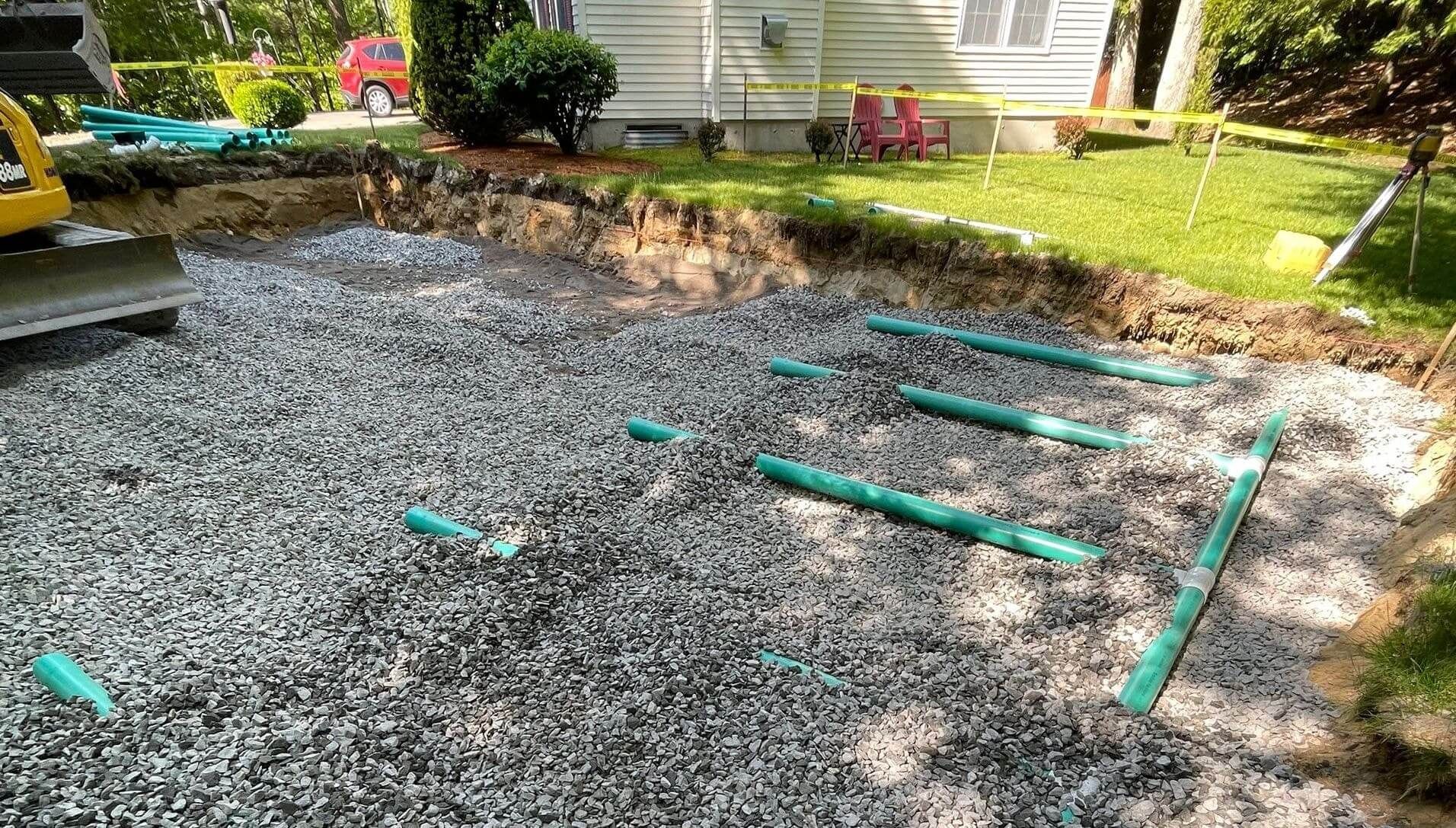
How Does a Septic Tank Work?
Knowing how a septic tank operates is key to effective maintenance. A septic tank primarily holds and treats wastewater by allowing solids to settle at the bottom while scum floats to the top.
Inside the tank there is usually one chamber but there are two chambers: the first chamber for solids and the second chamber for liquids. A half wall separates these two chambers. The treated effluent, after separation and settling, is sent to the drain field for further treatment.
The septic drain field accepts and treats wastewater. It also disperses wastewater by further filtering out contaminants.
Wastewater collection and separation
The primary function of a septic tank is to digest organic matter and separate floatables and solids. Wastewater needs to remain in the tank for at least 24 hours to enhance the efficiency of solid settling. In a septic system, solid waste is retained and forms layers of scum and sludge.
Solid waste begins to break down in a septic tank with the help of bacteria and enzymes. When liquid waste flows into the larger chamber of the septic tank, solid material settles to the bottom to form sludge.
Role of anaerobic bacteria
Anaerobic bacteria play a crucial role in breaking down solid waste and aiding decomposition inside the septic tank. These bacteria play a significant role in the septic tank by breaking down solid waste.
Effluent discharge process
Through an outlet pipe, liquid wastewater exits the septic tank. This liquid waste moves from the septic tank to the drain field primarily through the force of gravity. After leaving the septic tank, effluent is piped downstream for further treatment or dispersal.
The effluent then drains into sand and soil for additional filtration.
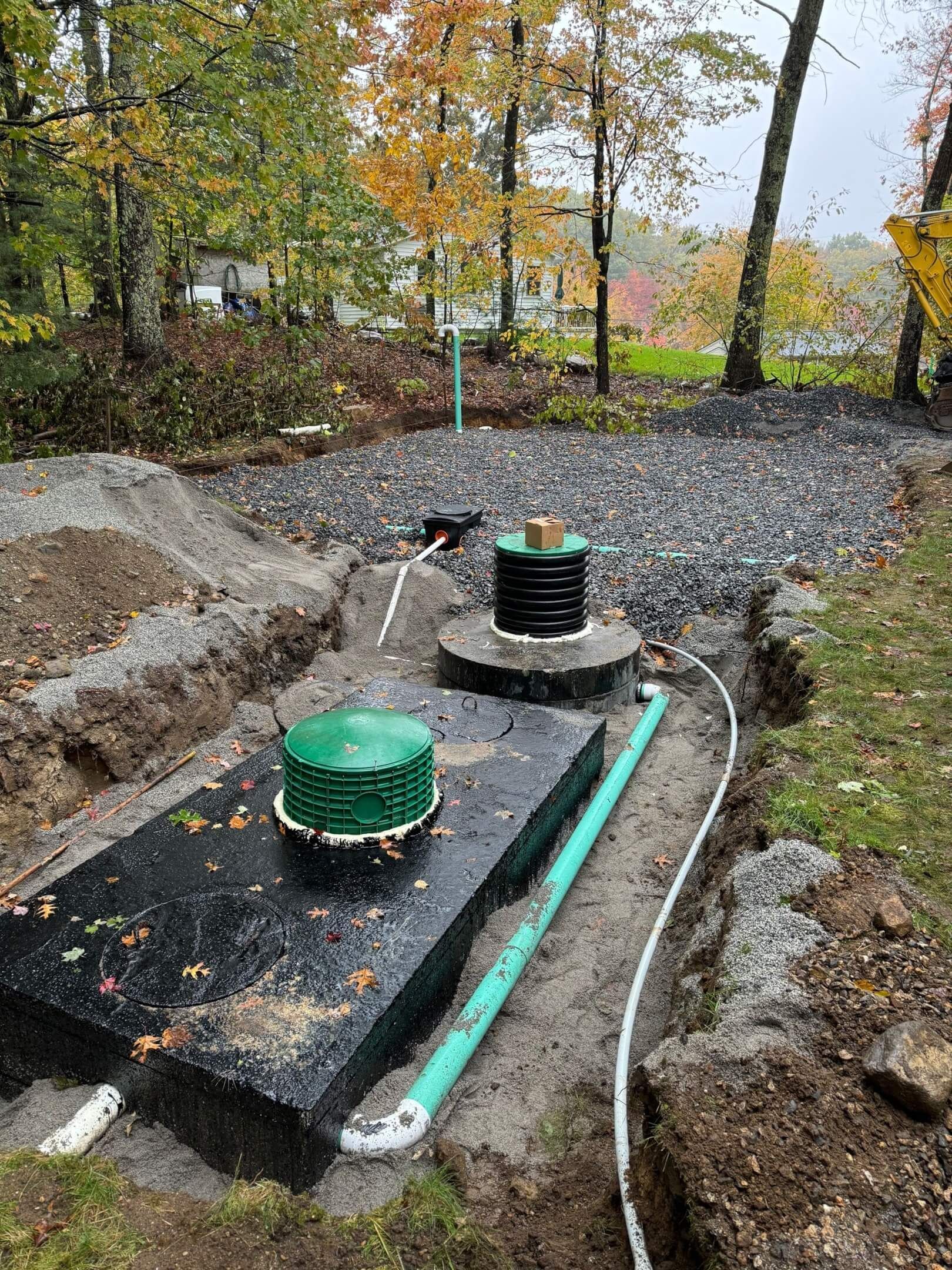
The Drain Field's Role in Wastewater Treatment
The drain field plays a critical role in preventing the contamination of groundwater and surface water by treating wastewater on-site.
Septic drain fields recycle wastewater by allowing soil and microorganisms to treat it before it re-enters the hydrologic cycle.
How a drain field works
Wastewater primarily moves from the house to the septic drain field by gravity. If the tank or drain field is elevated higher than the house, a pump may be required. In cases of uneven terrain, a pump station may be necessary to ensure proper functioning.
The leach field, or drain field, usually includes earth, gravel, and other porous materials, which help in absorption and filtration. A properly designed drain field distributes wastewater over a broad area to promote effective infiltration into the soil, removing pollutants before reaching groundwater.
Soil absorption and filtration
Wastewater seeps through the drain field first. Next, wastewater percolates through gravel and into the native soil. The gravel bed in a septic drain field acts as a natural filter to clean the water.
The end result of wastewater treatment by the drain field is that the water reaches the aquifer and is pure enough to drink.
Installing a proper drain field
A thorough soil examination before installing a septic drain field ensures proper functioning and prevents system failure. A septic system must be at least 50 feet from a well. Conventional septic systems require a drain field for proper wastewater dispersion.
The typical gap between septic drain field pipes should be 6 feet or more.
Maintaining Your Septic System
Regular tank pumping, inspections, and avoiding harmful substances down the drain are essential for keeping your septic system healthy. Septic system failures may occur, but regular maintenance helps minimize these occurrences; look for signs like slow drains, unusual odors, or bright green patches of grass over the drain field.
An alarm may be installed to alert homeowners of high effluent
levels in the septic tank
if the tank has an effluent pump. If the septic system pump fails, it’s crucial to contact a professional for immediate assistance.
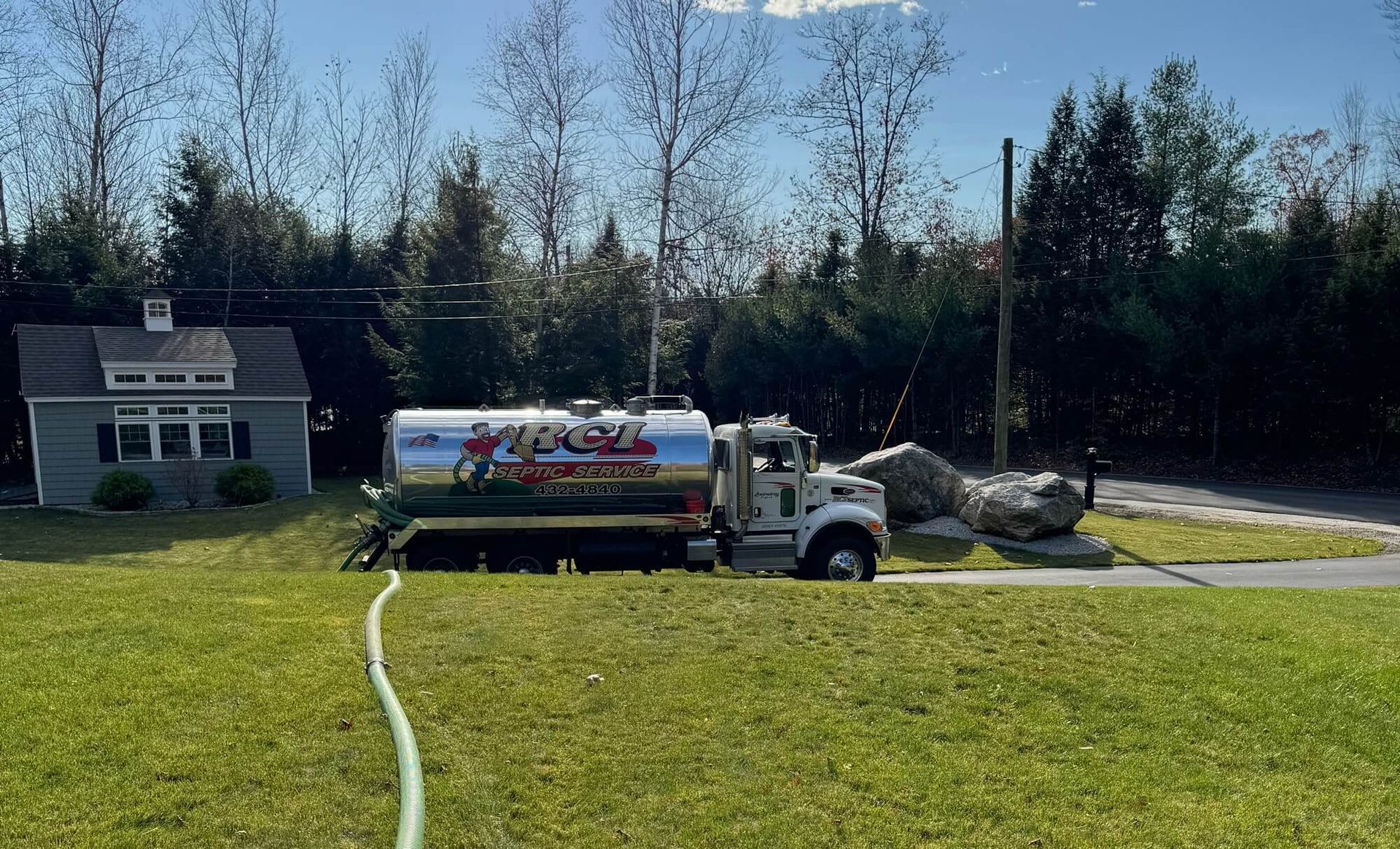
Regularly pumping the septic tank
A typical septic tank should be pumped every 1 to 3 years to maintain its efficiency. Regular septic tank pumping removes sludge and scum, helping to prevent backups. Ignoring septic tank pumping can lead to system failure and serious backups, threatening the entire system.
Homeowners should call professionals for assistance if they suspect their septic system has reached capacity.
Avoiding harmful items
Only human waste and toilet paper should be flushed down toilets to protect septic systems. Chemical drain cleaners can harm septic systems by killing essential bacteria. Pouring toxins down the drain can disrupt the balance of bacteria necessary for a septic system to function properly.
Protecting your septic system involves being mindful of what is flushed and poured down drains.
Inspections and effluent filters
Effluent filters play a vital role in preventing solids from exiting the septic tank and clogging the drain field. These cylindrical devices are located at the outlet of the septic tank and trap fine particles. Preventing clogging in the septic drain field is essential for the system’s long-term functionality.
A specific septic inspection is essential for thoroughly assessing the health of a septic system. Effluent filters should be cleaned at least when the septic tank is pumped to ensure optimal performance. In some areas, regulations mandate the installation of effluent filters in new septic systems, highlighting their importance.
Signs of Septic System Problems
Common indicators of septic system issues include slow drains, gurgling sounds, and standing water in the yard. Bad odors around the property may signal that the septic tank is full or has a leak, which requires immediate attention. Foul odors around your property can signify a problem, especially if waste digestion is ineffective.
Early recognition of septic system problems can prevent costly repairs and maintain a healthy environment. Homeowners should act quickly when they observe any of these signs to avoid serious septic failures.
Slow drains and backups
Slow drains can indicate a backup in the septic system, often requiring investigation. When slow drains are left unaddressed, they can lead to sewage backups in the home. Identifying slow drains early is crucial to preventing more severe septic system failures.
Unpleasant odors
Poorly maintained septic systems produce bad odors due to a buildup of waste and gases. The smell associated with hydrogen sulfide, a gas produced by septic systems, is often described as rotten eggs. Unpleasant odors around your property can indicate problems with your septic system.
Promptly addressing unpleasant odors is important as they may signal a failing septic system, potentially leading to more serious issues.
Lush vegetation over the drain field
Lush, green patches of grass over a drain field may indicate healthy conditions, showing effective treatment and dispersion of wastewater. Healthy vegetation is a sign that a drain field is properly filtering wastewater and supporting microbial activity in the soil.
However, unusually lush vegetation may arise from excessive water, especially if the drain field is overwhelmed or overloaded. Lush vegetation in the drain field can also be a sign of sewer leaks, signaling potential septic system issues that need addressing.
Excessive growth of grass or plants may indicate a malfunctioning septic system where untreated sewage could be surfacing.
Advanced Septic Systems
Advanced septic systems provide enhanced wastewater treatment solutions compared to traditional systems. These systems contribute to environmental sustainability by reducing reliance on costly sewage infrastructure.
However, alternative septic systems with mechanical components require annual inspections.
Types of advanced systems
There are several types of advanced septic systems designed to improve wastewater treatment. Aerobic treatment units (ATUs) inject air to promote bacterial growth for breaking down wastewater more effectively. Biofilters use organic or synthetic materials to filter wastewater, mimicking natural soil treatment processes.
Sand mound systems utilize an elevated sand layer to treat wastewater in areas with poor soil drainage.
Benefits of advanced treatment
Advanced treatment systems utilize technology that significantly enhances pollutant removal compared to conventional septic systems. These systems are designed to address specific pollutants, including nitrogen and phosphorus, which are critical for effective wastewater treatment process. By utilizing processes such as aerobic digestion and advanced filtration, these systems ensure higher efficiency in removing sediments and pathogens.
Advanced treatment systems can reduce harmful compounds in effluent, making it safer to discharge into the environment. These systems improve the quality of discharged water, thus protecting waterways from contamination. By enhancing water quality, advanced treatment systems contribute to the overall health of local ecosystems.
These systems help prevent nutrient overloads in natural water bodies, mitigating issues such as algal blooms. Adopting advanced treatment systems not only promotes better water management but also supports sustainable environmental practices.
Installation and maintenance considerations
Proper installation of advanced septic systems is critical to ensure their effectiveness and longevity. Routine maintenance tasks, including regular pumping and inspections, are essential to keep advanced septic systems functioning properly.
After treatment in an advanced septic system, effluent is discharged downstream to soil, ditches, or watercourses.
Summary
In summary, understanding how septic systems work and maintaining them properly is crucial, especially in rural areas without access to centralized sewage treatment. From the basic components and functions of conventional septic systems to the advanced treatment options available, proper care can prevent costly repairs and environmental contamination. Always remember to perform regular maintenance, avoid harmful substances, and look out for signs of potential problems to ensure your septic system runs smoothly.
By following these guidelines, you contribute to environmental sustainability and protect your property from the risks associated with septic system failures. Staying informed and proactive is the key to a well-maintained septic system that serves your household efficiently for many years to come.
Frequently Asked Questions
What services does RCI Septic Service provide?
RCI Septic Service offers septic pump-outs, as well as installation, repair, and replacement services. They cover all your septic system needs!
How often should a septic tank be pumped?
You should pump your septic tank every 1 to 3 years to keep it working properly. This helps avoid costly repairs down the line.
What should not be flushed into a septic system?
You should only flush human waste and toilet paper to keep your septic system healthy. Anything else can lead to costly problems.
What are the signs of septic system problems?
If you notice slow drains, foul smells, or unusually lush grass over your drain field, it's a clear sign your septic system might be having issues. Taking action early can save you from bigger problems down the line!
What are advanced septic systems?
Advanced septic systems are designed to improve wastewater treatment using methods like aerobic treatment units, biofilters, and sand mound systems. They offer more effective solutions compared to traditional septic systems.
